Action vs Power: The Two Specs Every Angler Should Know
When selecting fishing equipment, anglers often encounter technical specifications that can seem confusing. Among these specifications, two critical factors stand out: action and power. Understanding these two characteristics’ differences is essential for matching your rod to your target species and fishing technique. This knowledge can be the difference between landing that trophy fish and telling another story about “the one that got away.” For both novice and experienced anglers alike, mastering these concepts will significantly enhance your fishing experience and success rate on the water.
Defining Rod Action: The Bend in Your Battle

Rod action refers to where and how much a fishing rod bends when pressure is applied to the tip. This characteristic is typically classified as fast, moderate, or slow action. A fast-action rod bends primarily in the upper third of the blank, creating a more responsive tool that quickly transmits movements from your hand to the lure. Moderate-action rods bend in the upper half, offering a middle-ground approach that many anglers find versatile across various fishing scenarios. Slow-action rods, meanwhile, bend throughout most of their length, creating a deeper curve that absorbs more pressure and provides a more forgiving experience when fighting fish. The action of your rod significantly influences your casting accuracy, hook-setting capability, and the way you’ll experience the fight with a fish on the line.
Understanding Rod Power: The Backbone of Strength
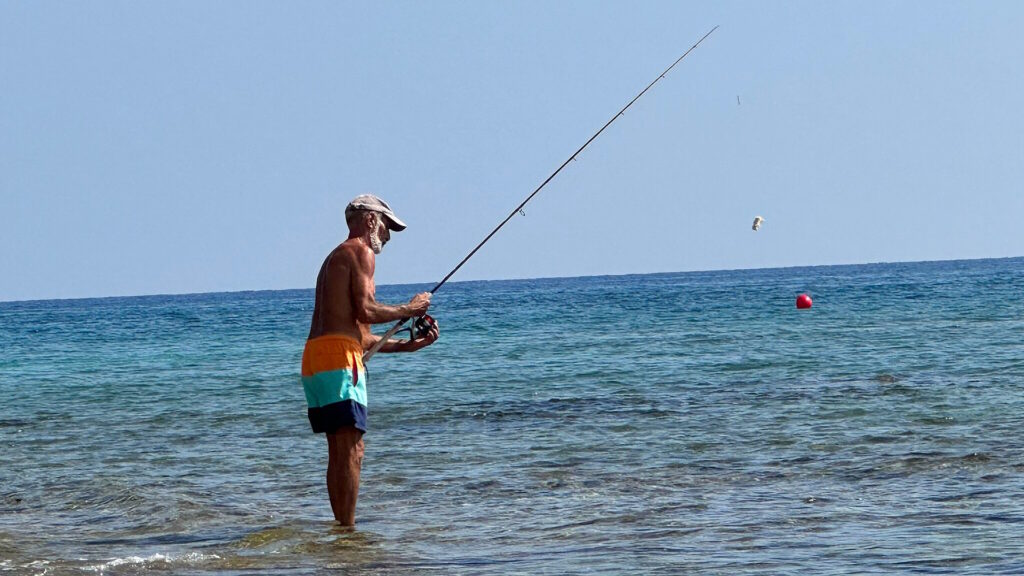
Rod power, sometimes called “backbone,” indicates a rod’s resistance to bending under pressure and its overall lifting strength. Power ratings typically range from ultra-light to extra-heavy, with several gradations in between. An ultra-light rod offers minimal resistance and is designed for smaller fish species and lighter line weights, making it perfect for panfish or small trout. Medium-power rods represent the versatile middle ground, suitable for bass fishing and similar mid-sized quarry. Heavy and extra-heavy power rods provide substantial resistance, making them appropriate for large, powerful fish species like muskie, pike, or saltwater predators. The power rating directly correlates to the size of fish you can effectively control and the weight of lures you can properly cast.
The Critical Interplay Between Action and Power
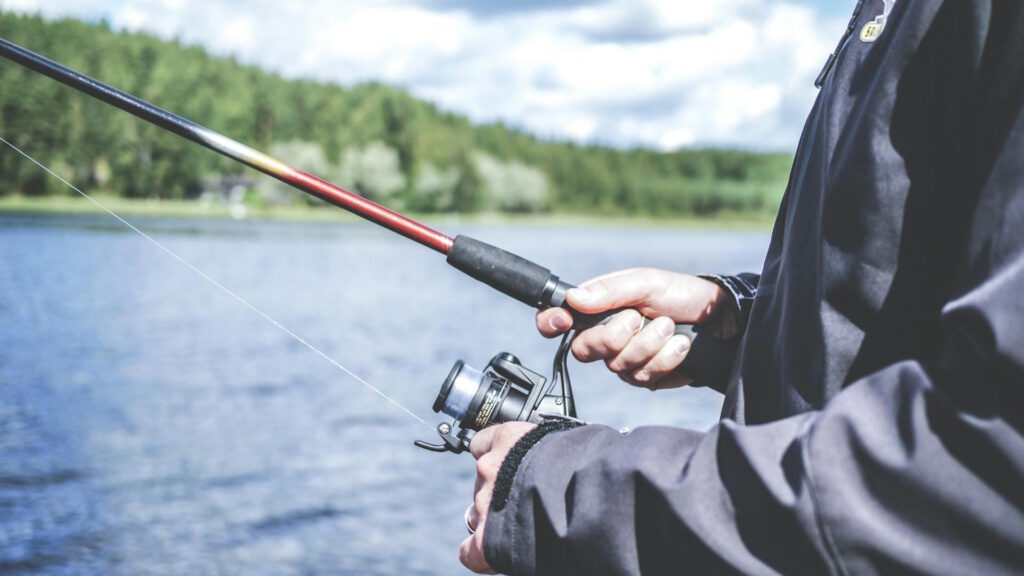
While action and power are distinct characteristics, they work together to define a rod’s overall performance. A fast-action, heavy-power rod delivers powerful hook sets and excellent control when battling large fish, but may sacrifice some sensitivity. Conversely, a moderate-action, medium-power rod offers more versatility across fishing situations but might not excel in specialized scenarios. Understanding this interplay helps anglers make informed decisions about their equipment needs. The combination you choose should align with your target species, fishing environment, and personal preferences. Many experienced anglers maintain a collection of rods with different action-power combinations to address various fishing scenarios they might encounter.
Matching Action to Fishing Techniques
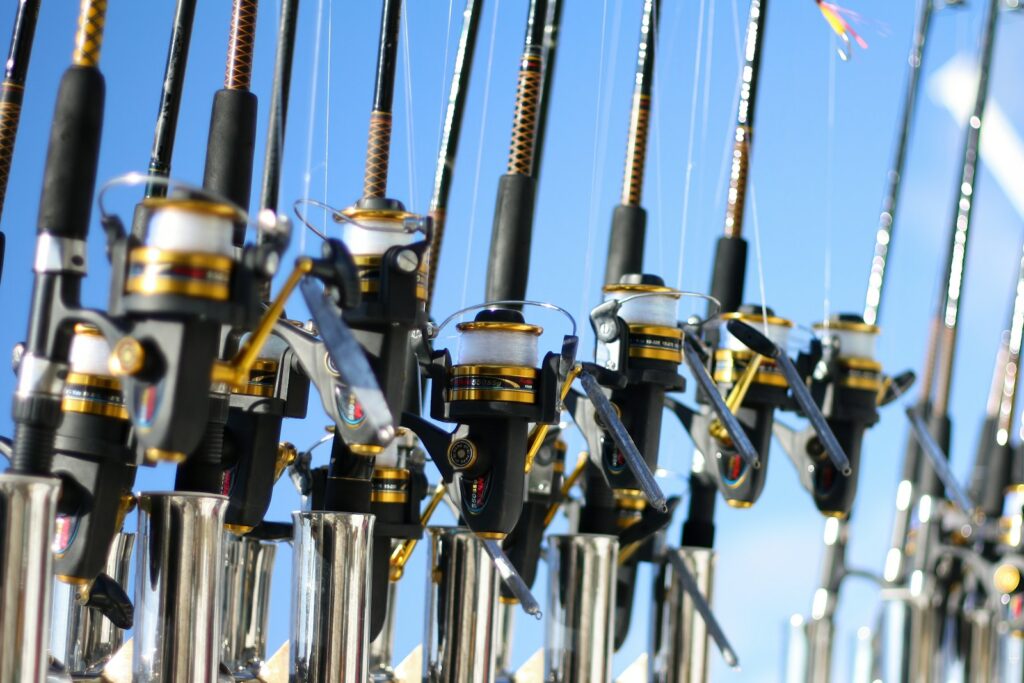
Different fishing techniques benefit from specific rod actions. Fast-action rods excel in techniques requiring precise hook sets and immediate feedback, such as jig fishing, drop-shotting, or fishing with Texas-rigged soft plastics. The quick response of these rods helps detect subtle bites and set hooks efficiently in these applications. Moderate-action rods shine in situations involving treble-hooked lures like crankbaits or jerkbaits, where a bit more forgiveness prevents hooks from tearing out of a fish’s mouth during the fight. Slow-action rods are ideal for presenting small baits naturally or when using techniques where a subtle, slow presentation is key. By matching your rod’s action to your preferred fishing technique, you significantly increase your chances of success on the water.
Selecting Power Based on Target Species
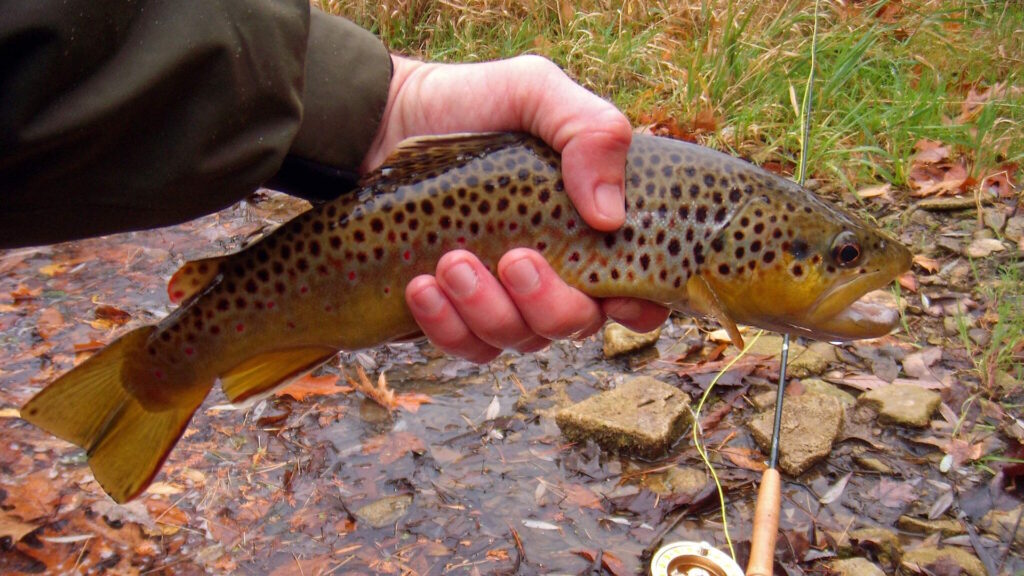
The size and fighting strength of your target species should heavily influence your rod power selection. Ultra-light and light power rods are designed for species like panfish, small trout, or light-biting fish where finesse is more important than brute strength. Medium-light and medium power rods represent the most versatile options, handling bass, walleye, and similar mid-sized game fish with aplomb. Medium-heavy to heavy power rods become necessary when targeting larger predators like northern pike, muskie, or substantial saltwater species that require more substantial lifting power. Extra-heavy power comes into play for truly massive quarry or when fishing in environments with heavy cover or where you need to wrestle fish away from potential snags. Making the right power choice ensures you’re neither overgunned nor outmatched by your target.
How Action Affects Lure Presentation
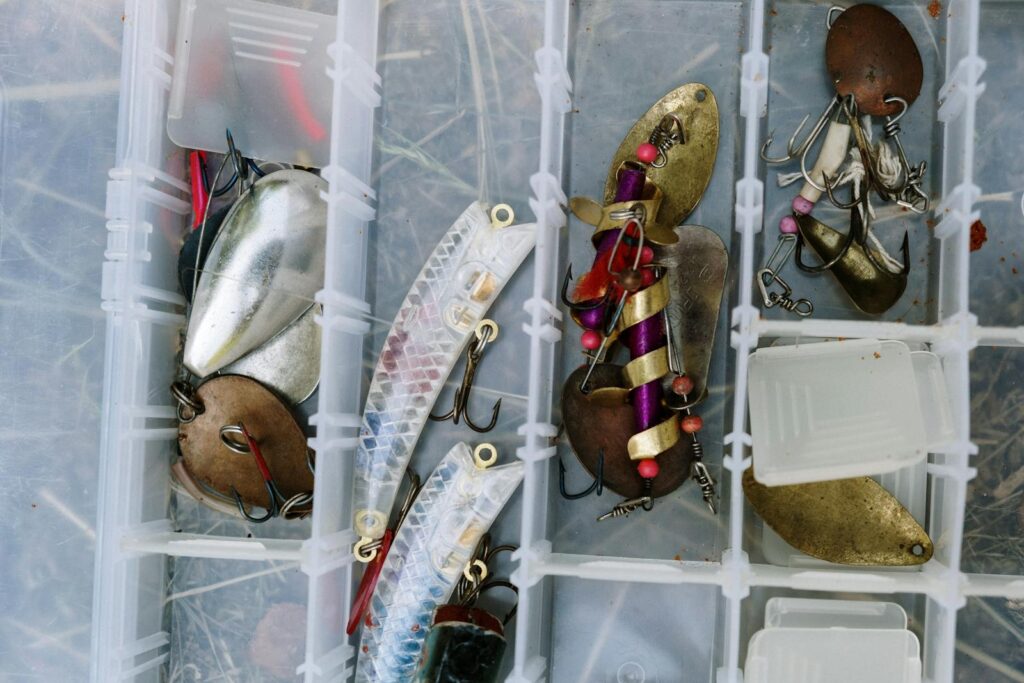
The action of your rod dramatically influences how your lures behave in the water. Fast-action rods transmit more direct energy to lures, making them ideal for techniques requiring sharp, defined movements like working a jig or popping topwater lures with distinct actions. Moderate-action rods excel with lures that benefit from a smoother, more continuous movement pattern, such as swimming jigs, spinnerbaits, or many crankbaits that require a steady retrieve. Slow-action rods provide the gentlest presentation, perfect for light line techniques or when a natural, subtle approach is needed to entice wary fish. Understanding this relationship allows anglers to select the rod action that will best animate their chosen lures and maximize their effectiveness in specific fishing scenarios.
The Impact of Power on Casting Distance and Accuracy
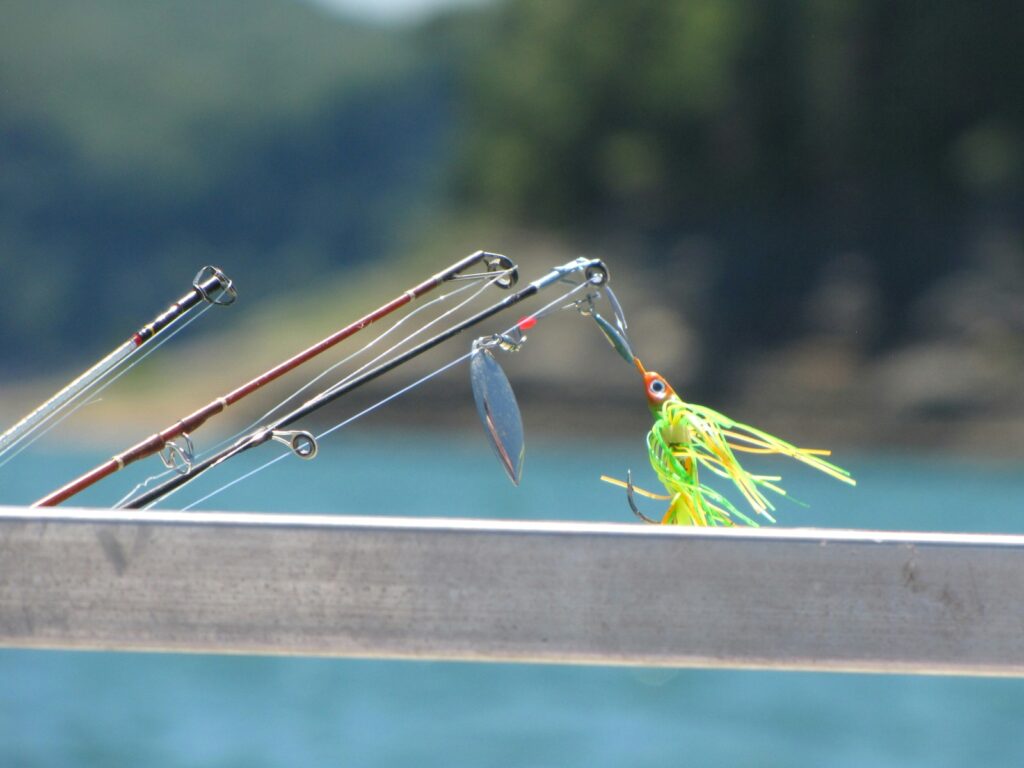
Rod power significantly affects both casting distance and accuracy, two critical factors in fishing success. Lighter power rods excel at accurate short to medium-distance casts with lightweight lures, making them ideal for precision fishing in tight quarters or when targeting visible fish. Medium-power rods offer a balanced approach, handling a wide range of lure weights with respectable distance and accuracy in most situations. Heavier power rods shine when maximum distance is required or when launching substantial lures that lightweight rods simply cannot handle effectively. The ideal power rating for casting performance depends on your typical fishing environment, target casting distance, and the weight of lures you most commonly use. Finding this balance improves both your casting efficiency and overall fishing enjoyment.
Material Considerations: How Construction Affects Performance
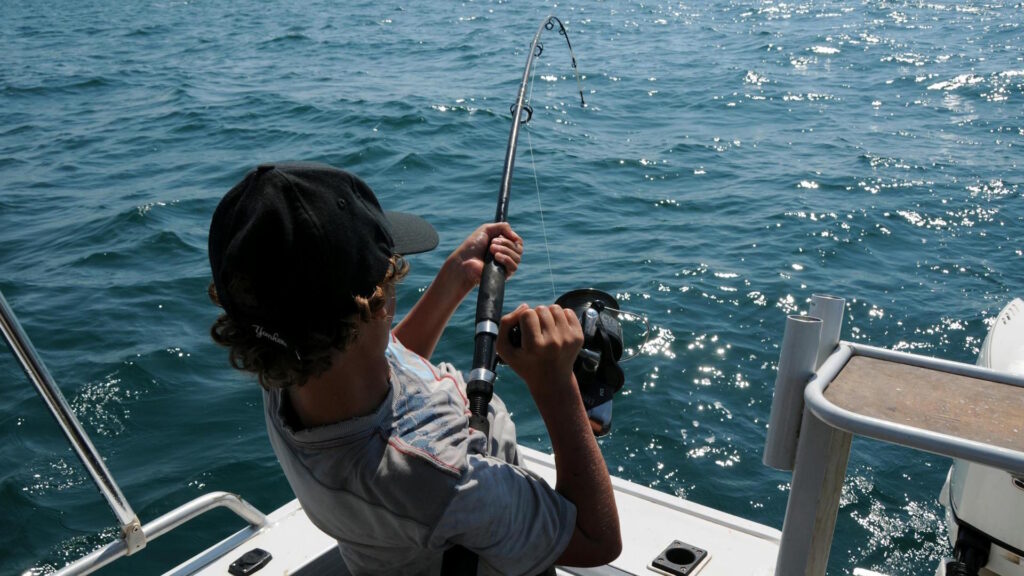
The materials used in rod construction significantly influence both action and power characteristics. Traditional fiberglass rods typically feature slower actions with more forgiving, parabolic bends throughout the blank. Modern graphite and carbon fiber constructions allow manufacturers to create faster actions with precisely engineered tapers while maintaining impressive strength-to-weight ratios. Composite rods blend materials to capture benefits from both worlds, often featuring graphite for sensitivity in the upper portions and fiberglass in the lower sections for durability and shock absorption. High-modulus graphite enables the creation of ultra-sensitive, lightweight rods with fast actions that remain powerful enough for demanding fishing situations. Understanding these material differences helps anglers select rods that match their performance expectations and budget considerations.
Line and Lure Weight Compatibility
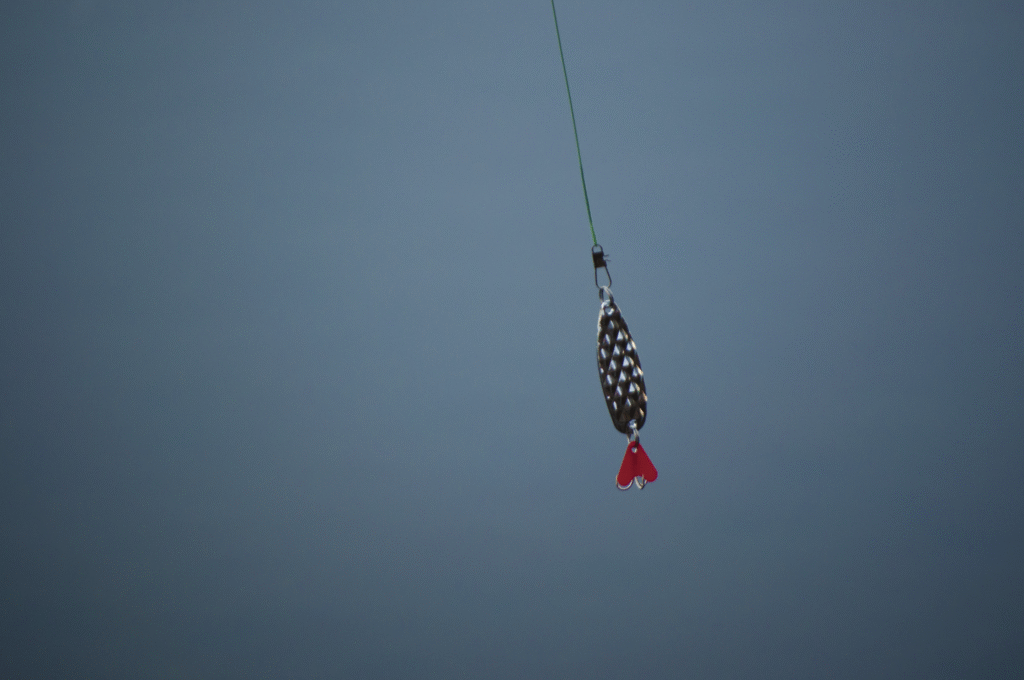
Rod manufacturers specify recommended line and lure weight ranges for each rod model, directly related to the rod’s action and power ratings. These specifications serve as crucial guidelines for optimal performance rather than mere suggestions. g line that’s too heavy for your rod can dampen its action and reduce sensitivity, while a line that’s too light risks breakage under pressure. Similarly, lures heavier than recommended can overload the rod blank during casting, potentially causing damage or reducing accuracy. Lures lighter than recommended may not load the rod properly during casting, resulting in diminished distance and accuracy. Following these manufacturer-specified ranges ensures your rod performs as designed and maximizes both its effectiveness and lifespan.
Regional Fishing Considerations for Action and Power
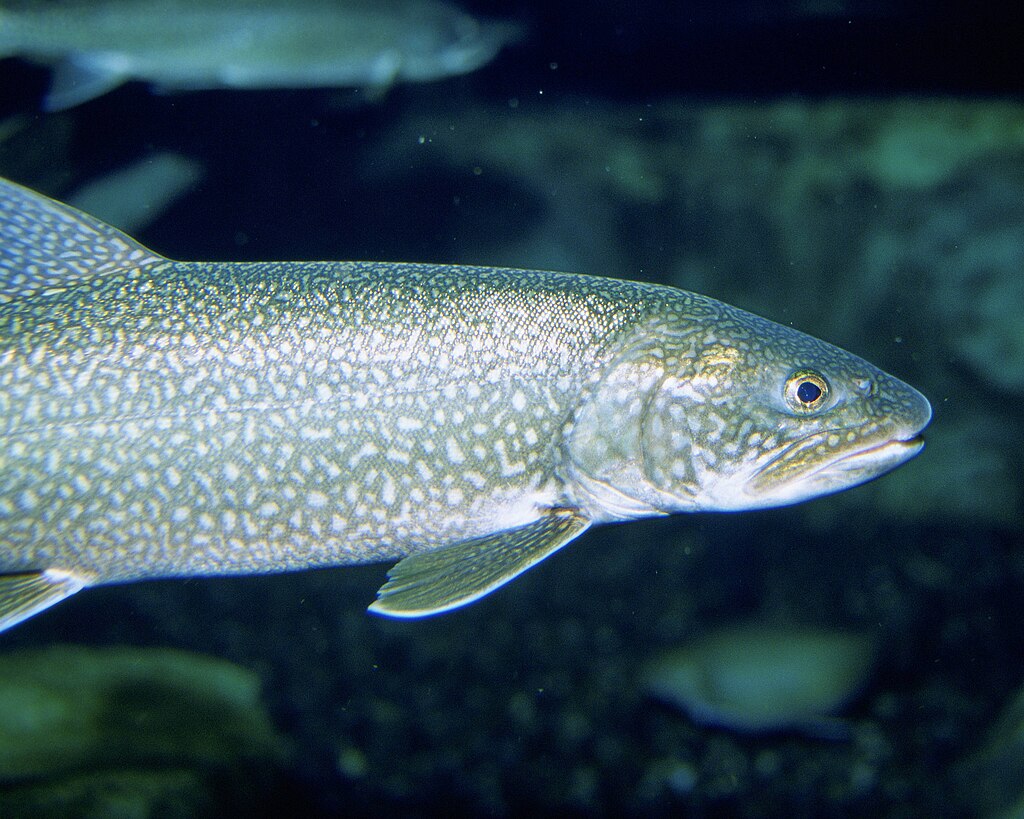
Different fishing regions often call for specific action and power combinations based on predominant species and environments. In the clear, rocky streams of mountain trout fishing, light power rods with moderate to fast actions provide the sensitivity and finesse required for detecting subtle takes while protecting light leaders. Southern bass anglers often favor medium-heavy to heavy power rods with fast actions for effectively setting hooks through thick vegetation and extracting large bass from heavy cover. Coastal saltwater anglers typically rely on medium-heavy to extra-heavy power rods with moderate-fast actions that can handle larger species while withstanding the corrosive effects of saltwater environments. Understanding these regional preferences can help inform your rod selection, especially when fishing unfamiliar waters or targeting new species.
Budget Considerations: Value vs. Performance
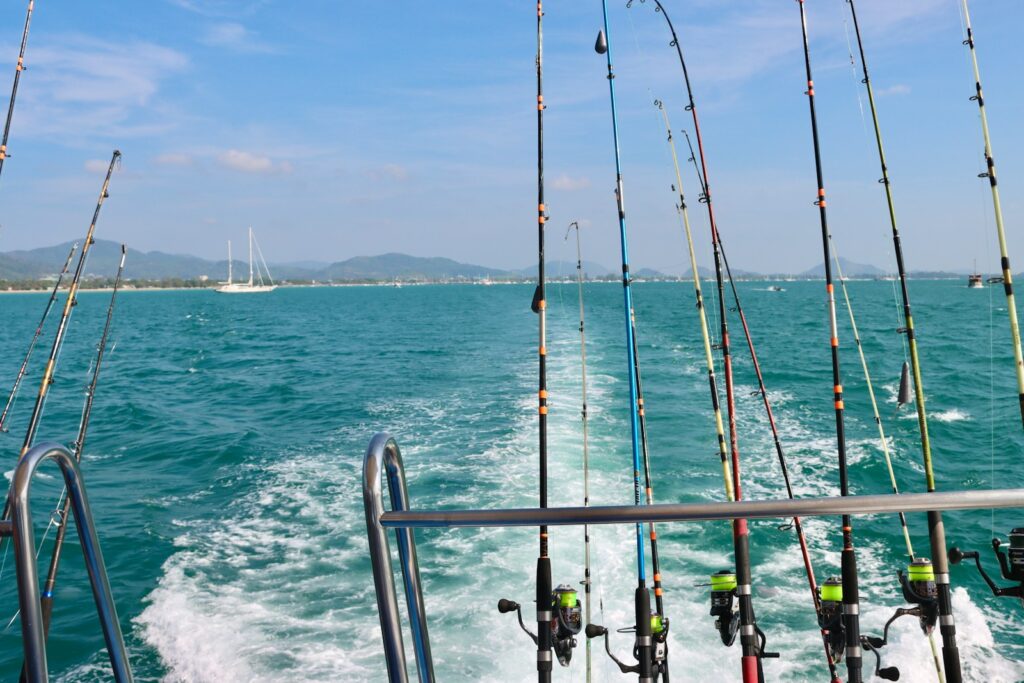
Fishing rods span an enormous price range, from entry-level models under $50 to premium offerings exceeding $500, with action and power characteristics available across all price points. Budget-friendly rods have improved dramatically in recent years, offering respectable performance that would have cost significantly more just a decade ago. Mid-range rods ($100-$200) often represent the sweet spot of value and performance for most recreational anglers, providing quality components and reliable action/power characteristics without breaking the bank. Premium rods justify their higher prices through advanced materials, refined actions, reduced weight, enhanced sensitivity, and superior components that serious anglers and professionals appreciate. When establishing your budget, consider how frequently you fish, the importance of optimal performance for your fishing style, and whether the incremental benefits of higher-end rods justify their additional cost for your specific needs.
Common Misconceptions About Action and Power

Several persistent misconceptions regarding rod action and power can lead anglers astray when selecting equipment. One common misunderstanding is that faster action automatically means a more sensitive rod, when in reality, material quality and construction methods often play larger roles in determining sensitivity. Another misconception is that heavier power always means better performance for large fish, ignoring how overmatched equipment can reduce hook-up rates and fighting enjoyment with certain species. Many anglers incorrectly believe that action and power ratings are standardized across manufacturers, when significant variations exist between brands using the same terminology. Perhaps most problematically, some anglers assume that versatile, do-everything rods perform optimally across all situations, when specialized tools often provide significant advantages for specific techniques. Understanding these misconceptions helps anglers make more informed decisions based on actual performance characteristics rather than marketing terminology.
Putting It All Together: Making Your Selection

When selecting your next fishing rod, consider a methodical approach that prioritizes your most common fishing scenarios. Begin by identifying your primary target species and the techniques you most frequently employ to catch them. Research which action and power combinations experienced anglers recommend for these specific applications, focusing on practical field experience rather than marketing claims. If possible, test various rods before purchasing, paying attention to how they feel in your hands and how they cast with your typical lure weights. For most anglers, building a collection of 2-3 rods with complementary action and power characteristics provides more versatility than a larger collection of similar rods. Remember that personal preference plays a significant role in rod selection—the “perfect” rod is ultimately the one that feels right in your hands and gives you confidence on the water.
Conclusion
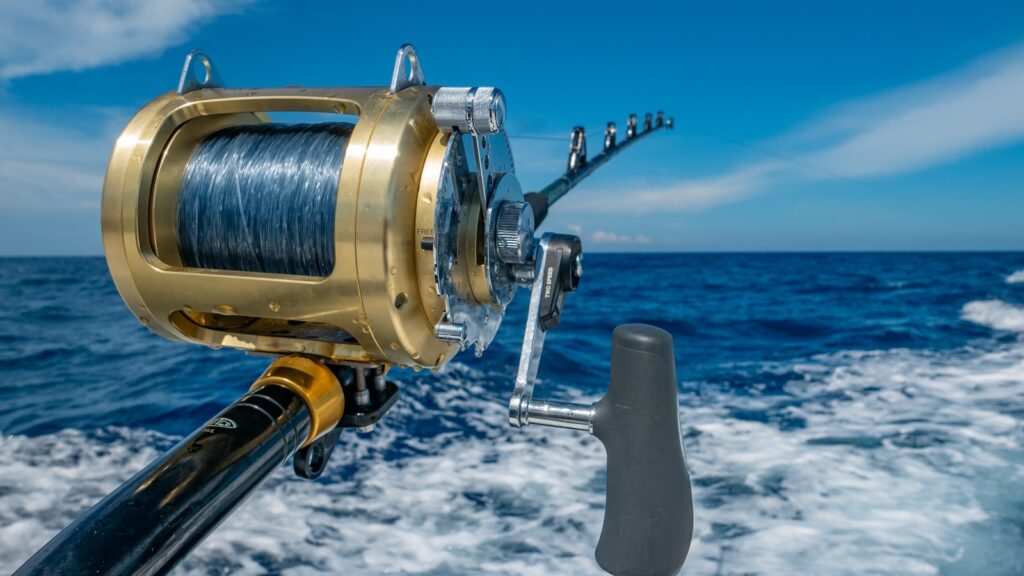
Understanding the crucial differences between rod action and power transforms the equipment selection process from guesswork into an informed decision. These two specifications work in tandem to define how a rod will perform in real-world fishing situations, affecting everything from casting efficiency to hook-setting ability and fish-fighting capabilities. By mastering these concepts, anglers can select tools precisely matched to their target species, preferred techniques, and fishing environments. Whether you’re pursuing panfish in a local pond or battling saltwater giants offshore, the right combination of action and power creates the foundation for successful and enjoyable fishing experiences. Take the time to understand these specifications, and you’ll find yourself better equipped for whatever angling challenges come your way.



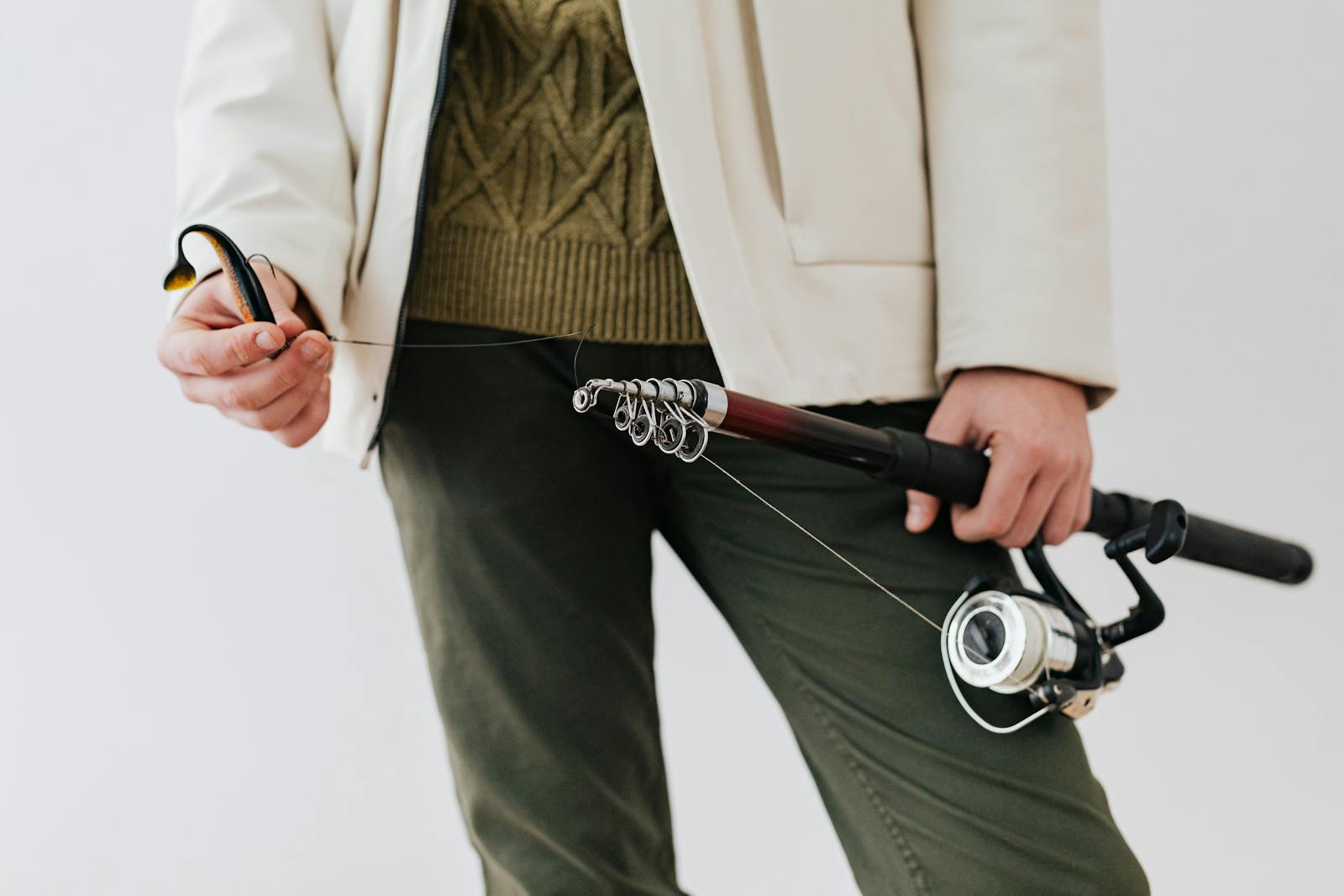










Post Comment